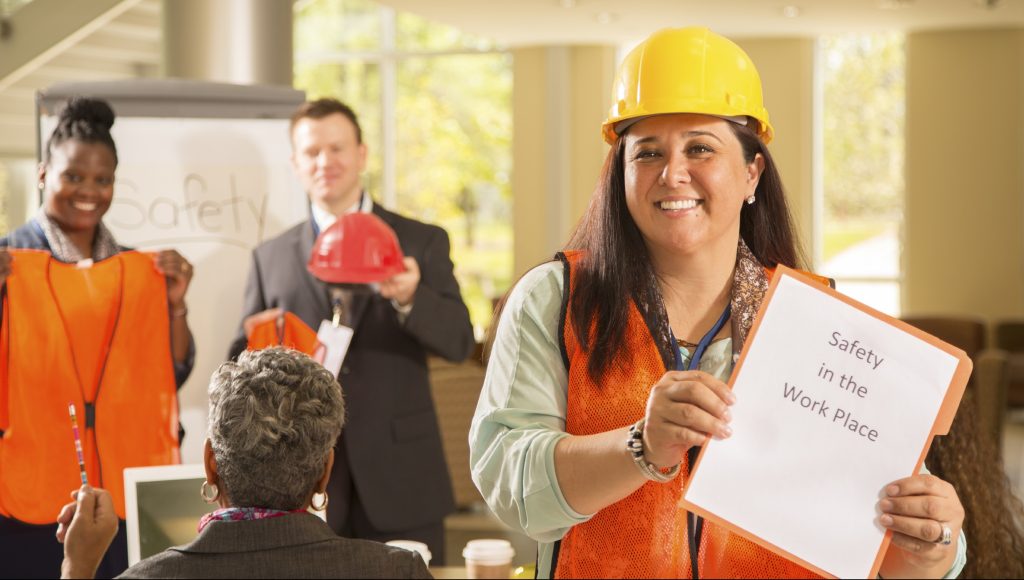You may not think about practice safety on a daily basis, given everything else that you have to do to keep the office working smoothly. But on the day that a patient trips and falls in your waiting room, an employee gets a needle stick, or you find evidence that someone has tried to break into your office . . . well, then practice safety is suddenly front and center. Here are eight steps that will help ensure safety for both patients and staff in your practice.
1. Appoint a safety officer.
This person – who may be the office manager, a nurse or back office assistant, or other staff member interested in taking on the role – should be in charge of keeping your safety manual up to date, organizing training for staff (see next two items), and generally being responsible for office safety.
2. Write, or purchase and then customize, a safety manual for the office.
If you already have one — review and update. Make sure that policies in your manual are consistent with OSHA, ADA, CLIA, and HIPAA requirements. Have each new employee read the manual upon hire and ask existing staff members review it at least annually.
3. Send staff to safety training sessions.
Check with your local medical society, specialty organization, or hospital for resources. Topics may include universal precautions, CPR, first aid, emergency preparedness, and personal safety.
4. Encourage employees to bring up safety issues.
Add “Safety Check” as a standing discussion item on your staff meeting agenda as a way to remind employees to bring up potential problems. In addition, your safety officer should be prepared to address staff concerns at any time.
5. Bookmark the CDC website.
The Centers for Disease Control and Prevention site includes a wealth of information on workplace safety, environmental health, and emergency preparedness for healthcare workers.
6. Make friends with the local police and fire departments.
In many communities, police and fire officers are available to make on-site visits and offer recommendations on how to improve building and personal safety.
7. Comply with regulations.
Even though it’s a lot to keep abreast of and takes time, complying with OSHA, CLIA, fire codes, and other safety-related regulations will force you to keep safety top of mind.
8. Use common sense.
Many of the same things that make your home safe also make your office safe. Everyday safety hazards include such things as rugs that slip or trip, loose electrical cords, heavy items on high shelves that might tumble onto someone’s head, and icy sidewalks in the wintertime. If you have children in your practice, even as visitors, be sure to kid-proof the environment.



